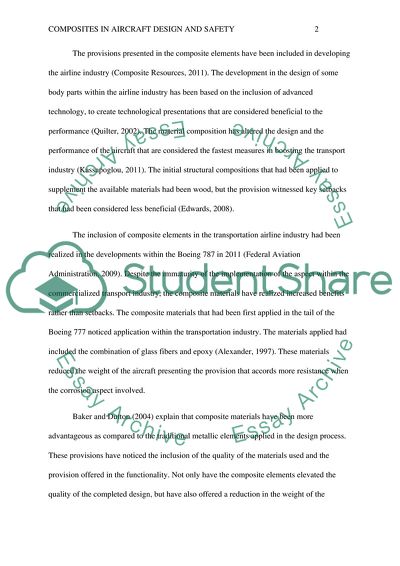Cite this document
(“Has Composites in Aircraft Design made Aircraft Safer Essay - 1”, n.d.)
Retrieved from https://studentshare.org/engineering-and-construction/1452675-has-composites-in-aircraft-design-made-aircraft-safer
Retrieved from https://studentshare.org/engineering-and-construction/1452675-has-composites-in-aircraft-design-made-aircraft-safer
(Has Composites in Aircraft Design Made Aircraft Safer Essay - 1)
https://studentshare.org/engineering-and-construction/1452675-has-composites-in-aircraft-design-made-aircraft-safer.
https://studentshare.org/engineering-and-construction/1452675-has-composites-in-aircraft-design-made-aircraft-safer.
“Has Composites in Aircraft Design Made Aircraft Safer Essay - 1”, n.d. https://studentshare.org/engineering-and-construction/1452675-has-composites-in-aircraft-design-made-aircraft-safer.


